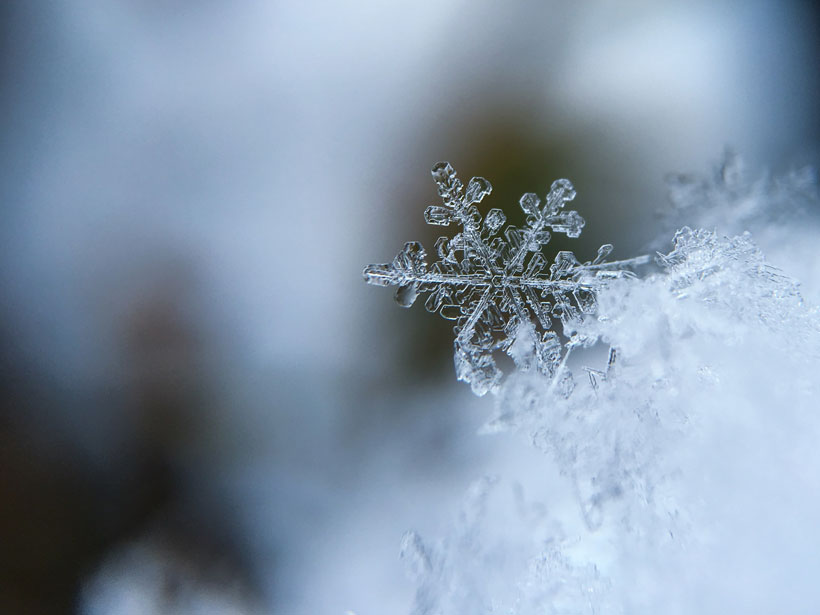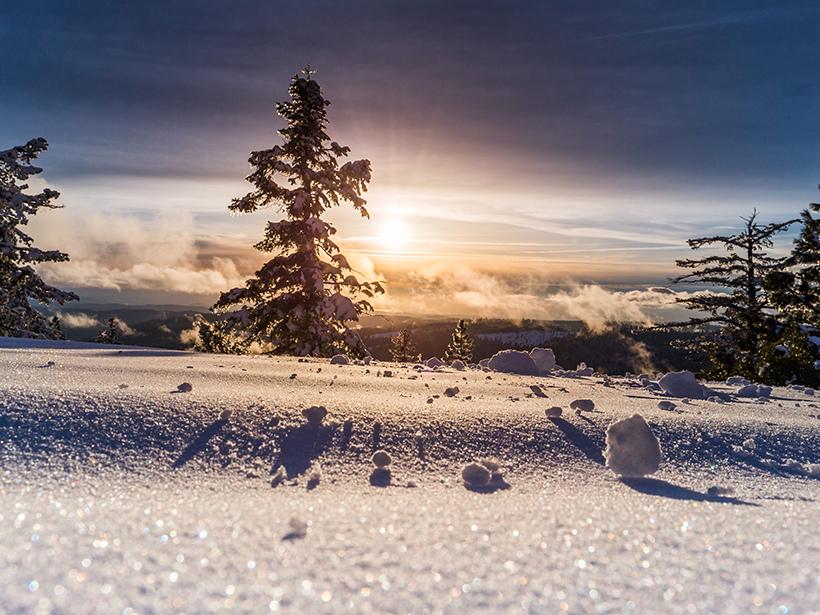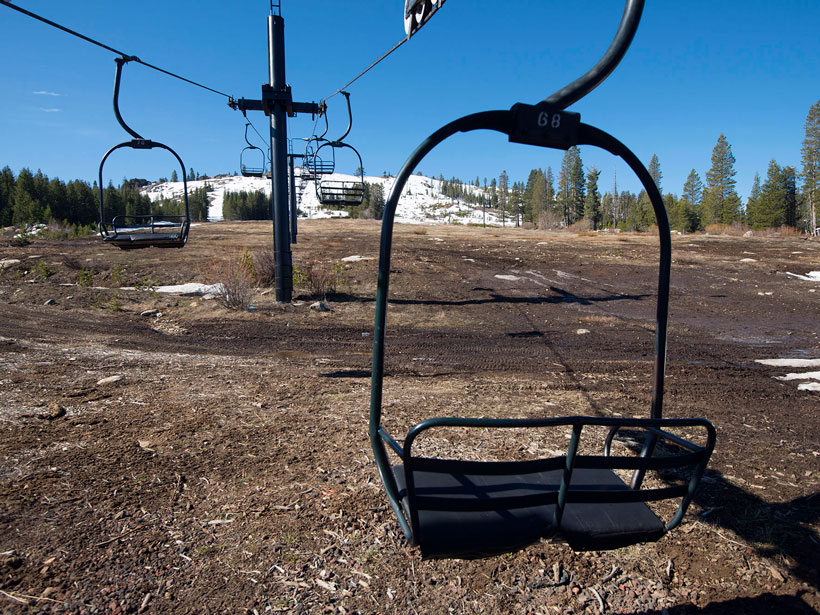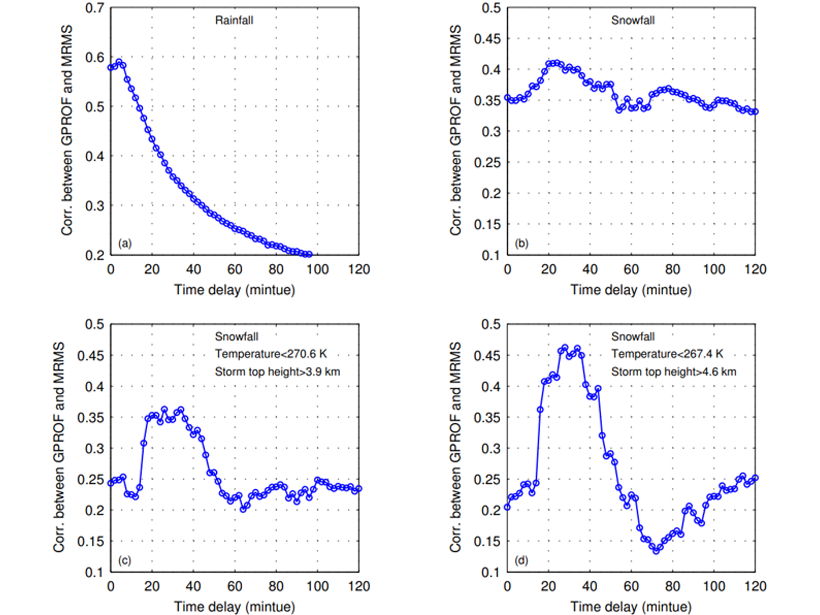Nationwide, civil engineers consider precipitation values from NOAA to design their structures. But those values are missing another contributor to flood risk: snowmelt.
snow
New Tool Quantifies and Predicts Snow Droughts
A new metric for calculating snow water equivalence relies on three methodologies: modeling, satellite imagery, and direct observation.
Snowpack Data Sets Put to the Test
A new study compares the accuracy of three observation-based methods of calculating snow water equivalent, a key component in water management.
Reindeer Could Trample Permafrost Thaw
Thick, fluffy snow traps summer’s heat in the top layers of Arctic permafrost even as winter chills the air above. Grazing animals stomp that snow flat.
Researchers Quantify a Seeded Snowpack
In Idaho, three hour-long cloud-seeding events created the snow equivalent of about 282 Olympic-sized swimming pools’ worth of water.
Here’s What Your Favorite Ski Resort May Look Like in 2085
Ski seasons at many of North America’s western resorts might melt away by 2085 because of warming temperatures.
Atmospheric Rivers Trigger Heavy Snowmelt in Western USA
A rare atmospheric phenomenon that transports large quantities of water vapor into the coastal watersheds of the western USA is responsible for up to 10–20% of intense snowmelt events in the region.
Accounting for the Fact that Snow Falls Slower than Rain
When calibrating satellite observations with ground-based ones, estimated precipitation rates are improved by considering that snow takes longer to fall compared to rain.
Capturing Snowmelt Patterns from Cloudy Satellite Images
A new modeling strategy could improve streamflow predictions in places where mountain snow is a critical source of water.
Restoring Natural Fire Regimes Can Yield More Water Downstream
Research in Yosemite National Park offers a new benchmark for understanding water balance changes in a mountainous basin 4 decades after its natural wildfire regime was reestablished.










